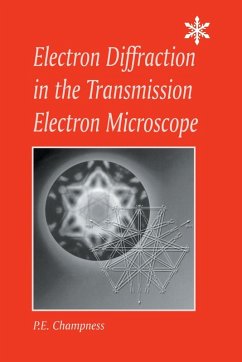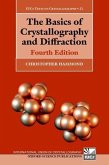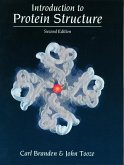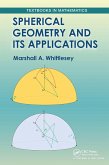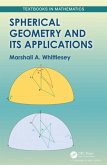This book is a practical guide to electron diffraction in the transmission electron microscope (TEM). Case studies and examples are used to provide an invaluable introduction to the subject for those new to the technique. The book explains the basic methods used to obtain diffraction patterns with the TEM. The numerous illustrations aid the understanding of the conclusions reached.
'Dr Champness has mangaged to include a host of excellent features not readily found in other texts...perhaps the strongest feature of the book is that the plentiful examples are taken from materials with a wide range of crystal structures. Make sure it is available in your EM laboratory.' - Journal of Microscopy
'This book contains rich application examples from a specialist and should be a very useful introductory text to graduate students as well as a handy reference book for research specialists.' - Microscopy and Analysis
'Dr Champness has managed to include some quite specialized topics...a nice characteristic is the inclusion of features and topics not easily founded in other texts. The book is carefully written reflecting the experience of many years of teaching experience...I anticipate that this book will be a useful addition to many bookshelves'. - Micron 34
'This book contains rich application examples from a specialist and should be a very useful introductory text to graduate students as well as a handy reference book for research specialists.' - Microscopy and Analysis
'Dr Champness has managed to include some quite specialized topics...a nice characteristic is the inclusion of features and topics not easily founded in other texts. The book is carefully written reflecting the experience of many years of teaching experience...I anticipate that this book will be a useful addition to many bookshelves'. - Micron 34
'Dr Champness has mangaged to include a host of excellent features not readily found in other texts...perhaps the strongest feature of the book is that the plentiful examples are taken from materials with a wide range of crystal structures. Make sure it is available in your EM laboratory.' - Journal of Microscopy
'This book contains rich application examples from a specialist and should be a very useful introductory text to graduate students as well as a handy reference book for research specialists.' - Microscopy and Analysis
'Dr Champness has managed to include some quite specialized topics...a nice characteristic is the inclusion of features and topics not easily founded in other texts. The book is carefully written reflecting the experience of many years of teaching experience...I anticipate that this book will be a useful addition to many bookshelves'. - Micron 34
'This book contains rich application examples from a specialist and should be a very useful introductory text to graduate students as well as a handy reference book for research specialists.' - Microscopy and Analysis
'Dr Champness has managed to include some quite specialized topics...a nice characteristic is the inclusion of features and topics not easily founded in other texts. The book is carefully written reflecting the experience of many years of teaching experience...I anticipate that this book will be a useful addition to many bookshelves'. - Micron 34

